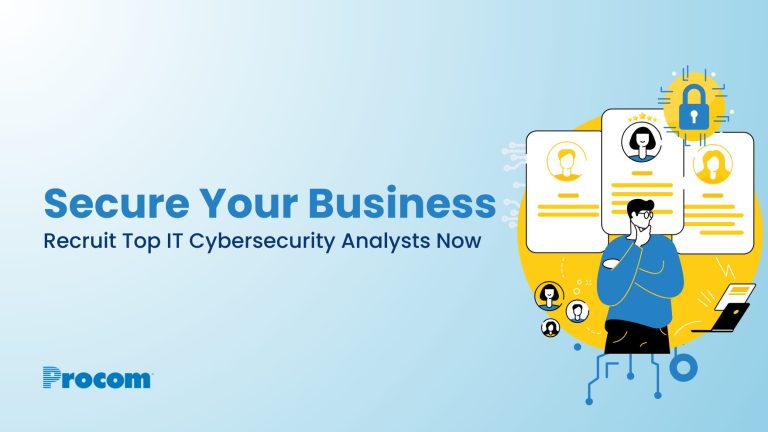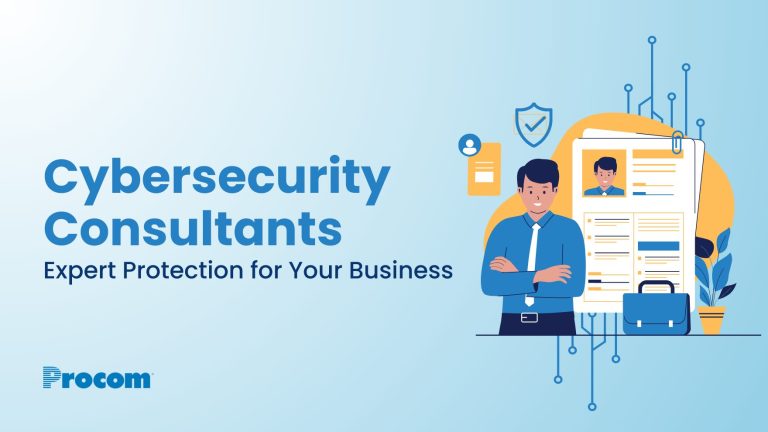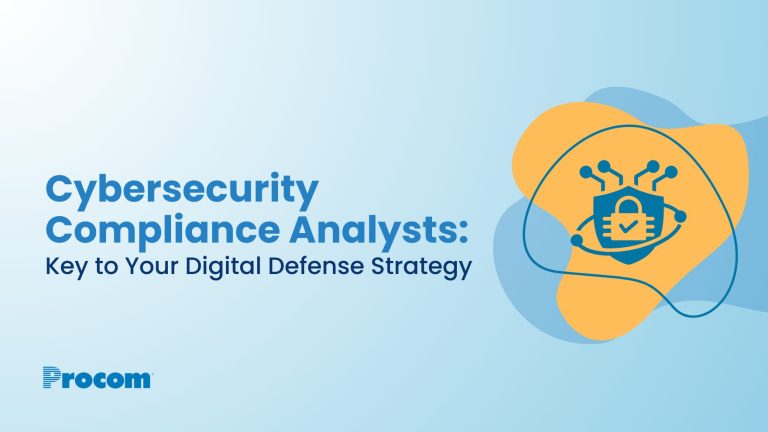A Managed Service Provider is an outsourced contingent workforce management solution that will manage the entire talent life cycle of contingent or Statement of Work (SOW) workers from acquisition to payroll.
Contingent workforce management can be a complex employer responsibility. Due to these complexities, many organizations experience a fragmented approach to managing their program – with HR and Procurement departments engaging and managing their contingent workers in silos.
This approach, however, typically lends to overspending on contingent worker payroll costs and opens a program up to a variety of contingent workforce risk.
Outsourcing contingent workforce management in its entirety, or in part, to an MSP, however, will give organizations access to the resources and expertise needed to successfully manage their program.
Access to expert knowledge with a Managed Service Provider
A Managed Service Provider will have the IT infrastructure, expertise and remote monitoring and management solutions in place to provide companies with complete visibility into their contingent workforce.
At its most basic delivery level, a Managed Service Provider will help an organization easily streamline and manage its entire contingent workforce program by improving efficiency, controlling costs and mitigating steep fines, penalties and reputational damages associated with certain risks.
However, MSPs have matured since the basic delivery model and now offer many additional advantages.
If you’re interested in learning about how a Managed Service Provider can help optimize your contingent workforce program, the following insights will help you make an informed decision.
Why do organizations partner with a Managed Service Provider?
As effects of the pandemic continue to drive business strategies, it’s critical for companies to become more agile, and a contingent workforce is the widely-adopted answer to bridging skills gaps and driving both growth and innovation.
While early Managed Service models maintained a focus on process improvements and cost savings, more mature Managed Service Providers, however, are now seeking ways to increase access and delivery of high caliber talent while reducing time to hire.
To do so through the use of technology stacks, MSPs are leveraging Direct Sourcing solutions for greater access to talent pools and niche skills, sourcing alternative acquisition resources like Artificial Intelligence (AI) and other initiatives that increase savings while ensuring quality talent engagement and retention.
Different types of Managed Service Provider models
Typically, a Managed Service Provider will have programs fall into one of these models:
Vendor neutral: All MSP vendors have equal opportunity to fill a position within a specific time.
Master vendor: A Preferred or Master Vendor is given preference to fill a position first but must release the role to other vendors if they fail to find talent within a specific time.
Hybrid: This type of model will include elements of the first two programs.
For most organizations partnering with a Managed Service Provider, there are seven key drivers that are aligned with specific operational challenges. These drivers include:
1. Operational challenge: Minimizing risk of non-compliance
MSP focus: On/Offboarding with contingent workforce audits and rate compliance visibility.
Benefit: Improved compliance, including rate compliance and worker On/Offboarding compliance; better worker classification audits to minimize co-employment risks.
2. Operational challenge: Controlling rogue costs related to spend
MSP focus: Cost control.
Benefit: Greater visibility into costs using vendor performance metrics to ensure effective rate negotiations and development of sourcing strategies.
3. Operational challenge: Drive for improved performance and cost efficiencies
MSP focus: Closer supplier management with access to benchmark rates.
Benefit: Increased contingent workforce quality and performance with reduced time-to-hire. This is a result of supplier base optimization and requisition optimization through hiring manager feedback on services and formal Service Level Agreements (SLAs).
4. Operational challenge: Sourcing hard to find talent
MSP focus: Developing new sourcing models.
Benefit: Support in implementing technology in conjunction with delivering process change.
5. Operational challenge: Speed of change and large ramp up of worker volumes
MSP focus: Agility to support increase in immediate or future demand for contingent workers.
Benefit: Outsourcing the MSP program can be a more effective way to manage business cycles.
6. Operational challenge: An increase in complex operations
MSP focus: Souring optimization to support diverse needs.
Benefit: Scaling your contingent workforce program to new markets where internal knowledge may be limited.
7. Operational challenge: Managing VMS technology and integrations
MSP focus: Services and technology support.
Benefit: Significant operational changes can require a new solution as it remodels its blended workforce. A Managed Service Provider will support these tech changes across the entire contingent workforce delivery.
Beyond these key drivers, competitive organizations are also turning to a Managed Service Providers in order to build on their employer brand and leverage the use of predictive analytics to ensure a better contingent workforce program with access to niche skills.
Is a Managed Service Provider (MSP) right for me?
A Managed Service Provider will require organizations to have a minimum amount of contingent worker spend in order for the program to be successful and self-sufficient.
When deciding whether or not a Managed Service Provider is the right solution for your organization’s needs, there are first some basic and more complex factors to consider.
First, it’s critical to understand how much contingent workers are currently costing your organization. It’s a unique number to an individual business, yet can be difficult to account for, as nearly 60 per cent of contingent worker costs is unaccounted for in the average business.
You’ll also want to know how current buying is being done for the various elements of your contingent workforce and what controls are in place to manage the current program.
Additional questions on your Managed Services checklist should include:
When considering partnering with a Managed Service Provider, below is a list of additional considerations:
• Has my contingent workforce program outgrown my current IT infrastructure and management strategy and have my needs become more complex?
• Am I securing contingent workers in the timeframe I need to?
• Do I have clear visibility into contingent worker spend?
• Have recent policy changes made me concerned about compliance?
• Am I engaging more contingent workers now than I have in the past, and do I plan on securing more in the future?
• Does my business need better cost control among staffing vendors?
• Is my business looking for IT infrastructure that ensures more detailed reporting, workforce analytics and key insights to make better data-driven contingent labor decisions?
• Could my business benefit from a workforce consultant with knowledge regarding labor trends and tailored solutions?
The role of a trusted Managed Service Provider
A trusted Managed Service Provider should be committed to advising on the best solutions available to meet an organization’s business goals and to delivering innovative services that transform how they acquire and manage talent.
This is done by listening to an organization’s specific business needs and tailoring a solution that delivers both short and long-term value across an entire contingent workforce program.
Could a Managed Service Provider help your organization get the most out of your contractor payroll program?
We invite you to take a complimentary Contractor Payroll Maturity Assessment below. You will receive feedback on the maturity level of your program and recommendations for improvement from our MSP and Contractor Payroll experts.





